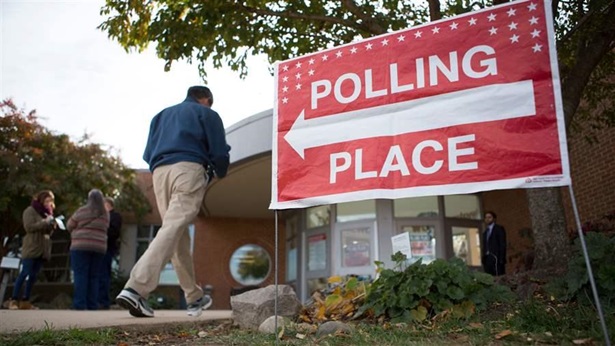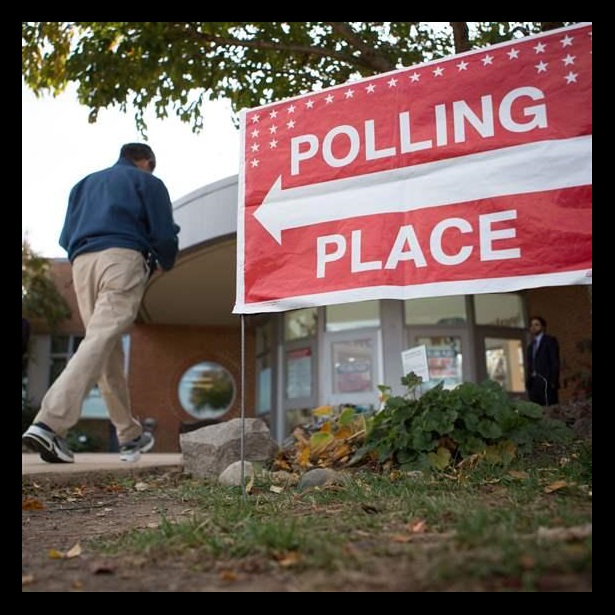Military and Overseas Voting in 2014
A recent congressionally mandated report by the Federal Voting Assistance Program (FVAP) provides a snapshot of how military and overseas voters experienced the 2014 general election and highlights administrative successes and ongoing challenges in serving these voters.
Using a post-election survey of active-duty military voters, the study finds that this population had a higher registration rate than did the citizen voting-age population generally—82 percent and 65 percent, respectively—but a lower turnout rate: 38 percent compared with 42 percent.
Additionally, using data from the Election Administration and Voting Survey, the report found that:
- 5 percent of the approximately 140,000 ballots submitted by military and overseas voters were rejected.
- The most common reason for rejection, accounting for nearly half of all rejected ballots, was that the ballot was received too late.
- Approximately 60 percent of rejected ballots had been sent to the voter by mail, and about 40 percent had been transmitted by email.
To continue improving the voting experience for military and overseas voters, the FVAP plans to refine its outreach about the absentee voting process and work more closely with state election officials to understand how the ballots of active-duty military are handled and why they are rejected and to identify ways to reduce errors in the process.
Follow us on Twitter using #electiondata and get the latest data dispatches, research, and news by subscribing today.













